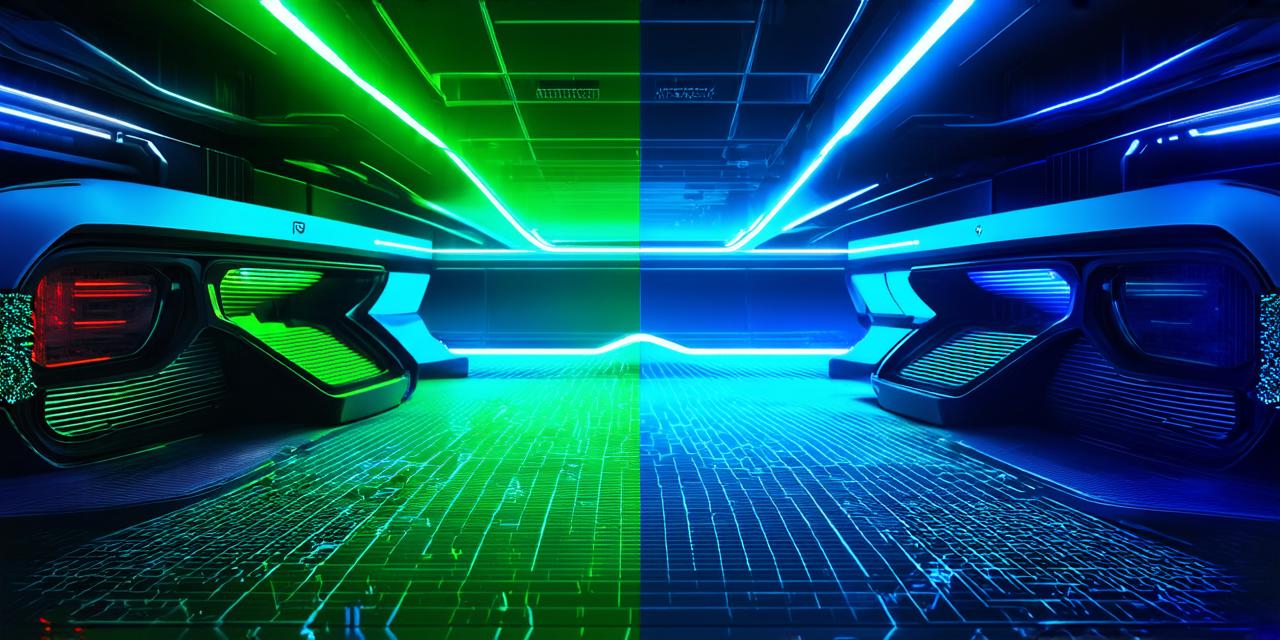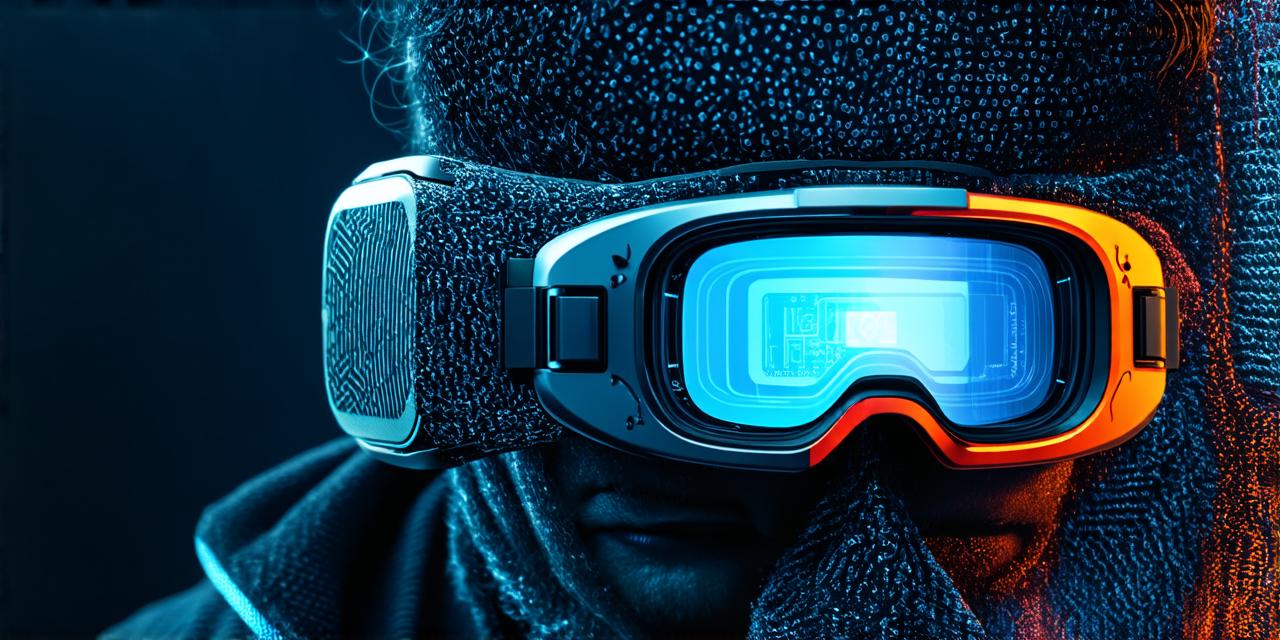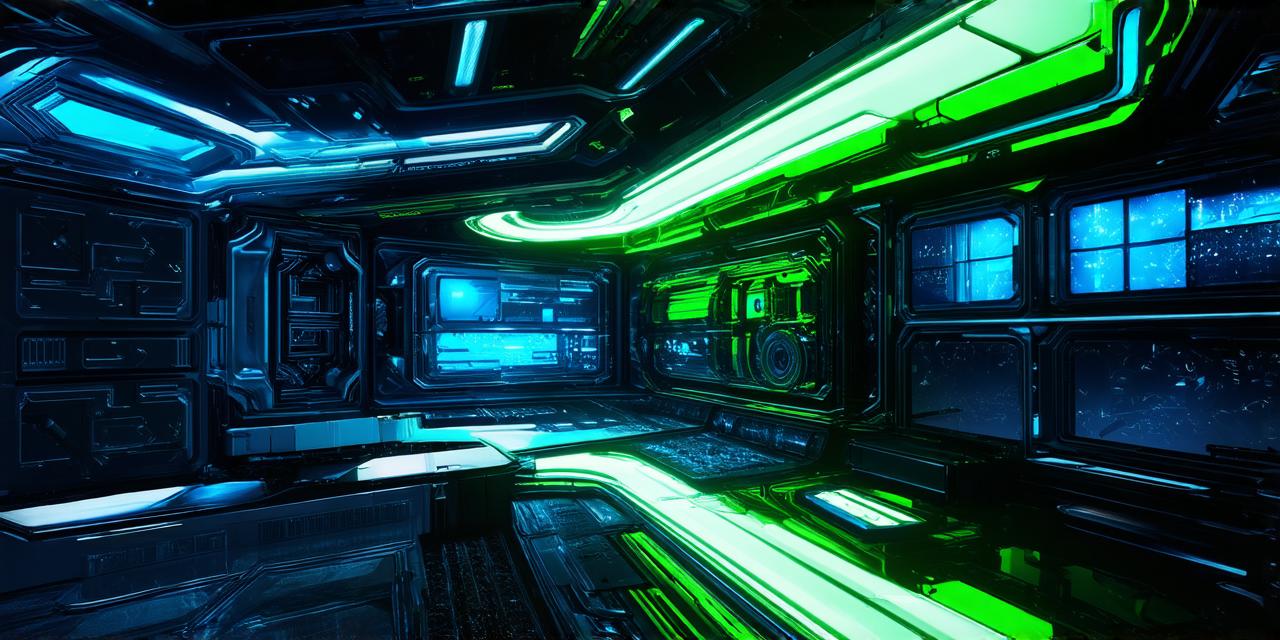Mixed reality (MR) is a technology that combines real-world environments with computer-generated graphics, allowing users to interact with virtual objects in the real world. It has gained popularity in recent years due to its potential for enhancing user experiences in various fields such as gaming, education, and healthcare.
On the other hand, 3D technology refers to any technology that is used to create three-dimensional representations of objects or environments. This can include technologies such as computer-aided design (CAD), virtual reality (VR), and stereoscopic displays.
While both MR and 3D technology involve the use of computer-generated graphics, they are not synonymous. MR is specifically focused on creating an immersive experience that blends real and virtual environments, while 3D technology can be used for a wide range of applications, including creating digital representations of objects or environments.
Furthermore, while VR technology also involves the use of computer-generated graphics to create immersive experiences, it is distinct from MR in that it completely isolates the user from the real world. In contrast, MR allows users to interact with virtual objects in the real world, creating a more realistic and engaging experience.
In conclusion, while both MR and 3D technology involve the use of computer-generated graphics, they are not synonymous. MR is specifically focused on creating an immersive experience that blends real and virtual environments, while 3D technology can be used for a wide range of applications. As such, it is important to understand the specific applications and goals of each technology when considering its use in various fields.



